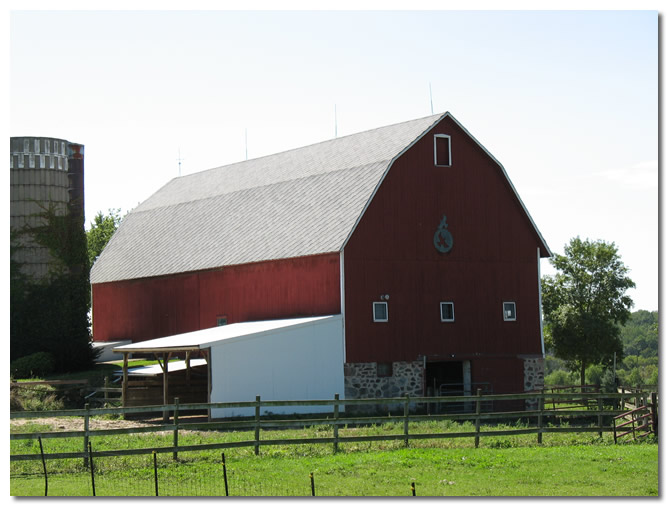How To Find Your Own Owl Pellets
Dissecting an owl pellet can be a fun learning experience for all ages. Getting your hands on them, though, can be rather difficult unless you know where to look. Of course, you can buy them for cheap from online marketplaces such as our website, but if you enjoy the outdoors, you may want to try and find your own.
Where To Find Owl Pellets
It should come as no surprise that the best place to find owl pellets is going to be where owls live and feed. Remember, though, don’t go searching for pellets on property that’s not yours unless you have permission to.
Most owls will feed on their prey and regurgitate the indigestible parts of their meal into a 1 to 2-inch-sized pellet. This process usually happens about 10 to 16 hours after ingestion. The pellets will range in color depending on the prey consumed and the species of owl. Most pellets, however, will be a brown or tan color with parts of white of them.

Wooded Forests
If you live near or have access to a wooded forest, you should search there for owl pellets. Many North American species of owls such as the Great Horned Owl (Bubo virginianus) live in these thick coniferous forests where they have access to a plentiful amount of prey to feed on.
It doesn’t really matter what time you go searching, although I prefer to go in the early evening hours when there is still sunlight. You’ll want to scan the bases of any large trees and underneath the canopy of their branches where the pellets may fall. Due to their small size, pellets may be hard to spot at first, so don’t be afraid to get down close to the ground and really examine what’s around.
Another reason why forests make excellent hunting grounds is because you have the chance to find pellets from other birds of prey as well, such as hawks and falcons.
Farms
One of my personal favorite locations to find pellets is on farms. Barn owls (Tyto alba) are likely to spend their entire life living on or around a farm and they can provide you with a steady flow of pellets if you know where to look.
Search the ground around any large trees on the farm. Owls will typically feed on the field mice and fly to the trees so they may regurgitate the pellet.
With their tall ceilings, storage silos can be another excellent source of owl pellets. I’ve come across dozens of owl pellets laying inside silos and have heard of other people having great success here as well.
Barns
Any outside structures on farms are almost guaranteed to house owls. Check barns and any other open buildings to see if there are signs of owl activity. Barn owls, as you may have guessed, love structures like these and will feed, sleep, and live here.

Owl Pellet Hunting Tips
There’s no magic formula to finding your owl pellets, you just have to get out there and start looking. However, using the advice given on this page will help ensure your hunt is a success. Here are some tips to use in your search:
- Be sure you bring something with you to store your pellets in. I usually carry a large tupperware container in my backpack that keeps the pellets safely stored and prevents them from being squished.
- Fresh owl pellets can contain dangerous bacteria and parasites, which is why you should wear gloves when handling them. Bring a pair of gloves with you and don’t touch your face after picking them up.
- Always carry a flashlight with you, as it can be difficult to see going into structures like barns.
- Search for owls as well as pellets. Signs of owl activity, like hooting, is a sure sign there owls nearby and will give you confidence on finding pellets.